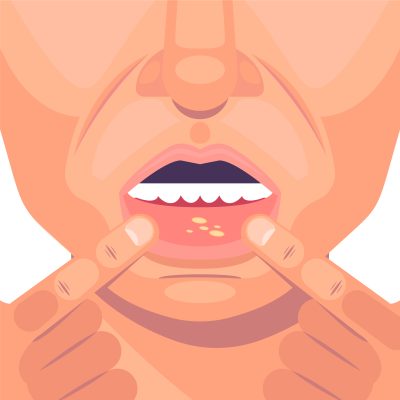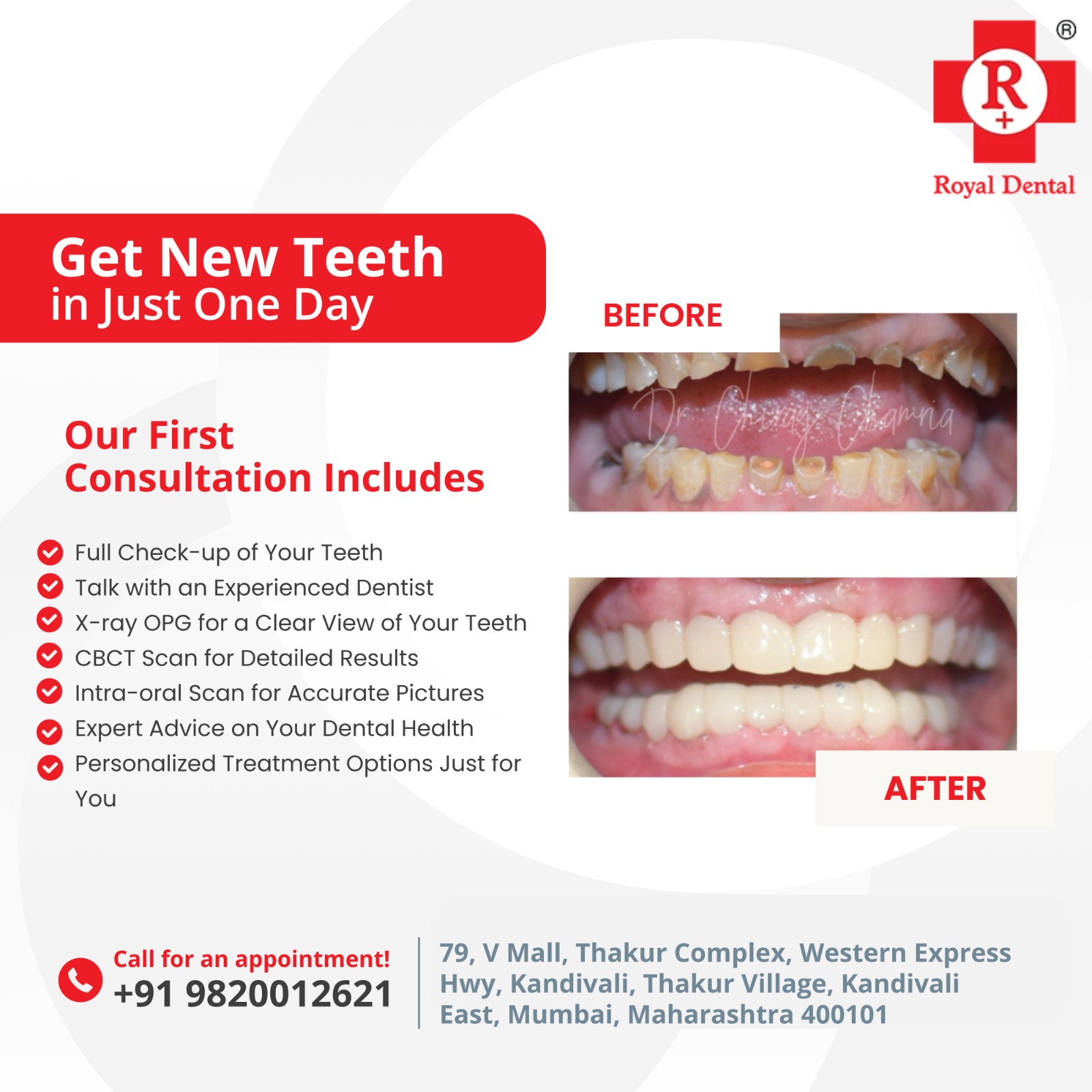Introduction
The world of dentistry is a remarkable transformation driven by technological advancements and innovative treatments. From phone taps to robotic surgery, the future of dental care will be more efficient, more personalized and accessible. These innovations not only improve the patient’s experience, but also improve treatment outcomes, reduce recovery times and make dental procedures more comfortable. When new technologies emerge, they revolutionize the way we approach oral health, and the way we provide solutions that were once considered imposible. In this article, we will explore the latest innovations in dental care and how to shape the future of dentistry.
Emerging dental technologies (CAD CAM, 3D printing, Intraoral Scanning)
The quick evolving pace of technology in dentistry is changing the manner in which treatments are planned and executed. Most ground-breaking of these changes are CAD/CAM, 3D printing, and intraoral scanning—technologies that are improving accuracy, decreasing time needed for treatment, and enhancing overall patient satisfaction. Here’s how each of these technologies is transforming dental care:
1. CAD/CAM Technology (Computer-Aided Design/Computer-Aided Manufacturing).
Benefits:
- Faster procedures and fewer dentist visits.
- Very accurate, custom-designed restorations that fit snugly.
- Less pain and quicker recovery time for patients.
- Less invasive procedures, with more of the natural tooth structure being left intact.
 The quick evolving pace of technology in dentistry is changing the manner in which treatments are planned and executed. Most ground-breaking of these changes are CAD/CAM, 3D printing, and intraoral scanning—technologies that are improving accuracy, decreasing time needed for treatment, and enhancing overall patient satisfaction. Here’s how each of these technologies is transforming dental care.
The quick evolving pace of technology in dentistry is changing the manner in which treatments are planned and executed. Most ground-breaking of these changes are CAD/CAM, 3D printing, and intraoral scanning—technologies that are improving accuracy, decreasing time needed for treatment, and enhancing overall patient satisfaction. Here’s how each of these technologies is transforming dental care.
2. 3D Printing in Dentistry
Benefits:
- Customisation: Exquisitely personalised dental appliances, including crowns, bridges, dentures, and even implants, are manufactured rapidly with high accuracy.
- Speed: It provides quicker production times, which lessens the requirement for frequent dental visits.
- Cost-Effectiveness: It lessens material wastage and the manufacturing cost, thus rendering treatments more affordable.
- Enhanced Patient Comfort: The precision of 3D-printed dental devices guarantees optimal fit and comfort for the patient.
3. Intraoral Scanning
3D printing is quickly becoming a game-changer in dentistry by allowing for the production of personalised dental solutions with high accuracy. Through 3D printing, digital images of teeth, implants, crowns, and other dental structures are fabricated from precise scans or CAD models. The 3D printer then constructs the parts layer by layer with biocompatible materials.
Intraoral scanning eliminates conventional molds with a digital scanner that captures high-quality images of the teeth and gums to produce a precise 3D model.
How it Works: Rather than taking yucky, painful impressions, a handheld intraoral scanner takes pictures of the teeth and mouth, creating a digital map that is employed for designing dental restorations, orthodontic treatment, and implants.
How digital dentistry improves patient experience?
Digital dentistry changes the way dental care is delivered, making treatment faster, more accurate and more comfortable for patients. The integration of advanced technologies such as CAD/CAM, intraoral scanning, and 3D printing significantly improves the patient’s experience, taking into account frequent concerns such as complaints, duration of treatment, and accuracy. Here you can see how digital dentistry can improve your overall dental experience.
1. More Comfort and Less Discomfort
Benefits:
- No More Goopy Impressions: Old-style dental moulds may be uncomfortable and unsavoury. With intraoral scanning, there are no messy goopy impressions needed. Patients can have their teeth scanned digitally easily and efficiently, without gagging or discomfort from old-style molds.
- Reduced Pain: Treatments such as laser dentistry and CAD/CAM technology minimize the requirements for invasive treatments, which decrease the pain factor. Digital technology also ensures more accurate treatment, minimizing the risk of errors or unwanted tooth extractions.
2. Quick Treatments and Reduced Visits
Benefits:
Same-Day Restorations: CAD/CAM technology allows dentists to plan and produce crowns, bridges, and veneers in a single visit. It obliterates the inconvenience of multiple appointments and temporary restorations and saves time for patients.
Quick Workflow: Computerized systems cut through the workflow by offering dentists precise and accurate 3D models with virtually no time delay. It results in shorter diagnosis and faster treatment, thereby saving time sitting in the dentist chair.
3. Greater Precision and Accuracy
Benefits:
- Precise Diagnostics: Computer technology such as intraoral scanners take high-resolution, 3D images of the gums and teeth. This enables more precise diagnosis and treatment planning, ensuring patients receive proper treatment the first time.
- Improved Fit: Regardless of whether it’s a bridge, crown, or denture, digital impressions and 3D printing deliver a better fit for dental restorations, eliminating the potential for discomfort or the need for adjustments.
4. Enhanced Communication and Transparency
Benefits:
Visualised Treatment Plans: Patients are able to view exactly what is going on with their dental care thanks to digital technologies. Digital X-rays and 3D scans enable dentists to demonstrate to patients what is going on with their teeth in real time and describe the treatments they suggest more clearly.
Instant Results: Immediate feedback is possible with digital imaging, and patients can therefore view the outcomes of their scans and learn about their treatment possibilities immediately.
5. Improved Treatment Outcomes
Benefits:
Individualised Restorations: Dental restorations can be customised with greater precision using 3D printing and CAD/CAM, resulting in more fitting crowns, implants, and dentures. The result is more functionality and attractiveness, and more confident patients, smiling.
Least Chance of Mistakes: There is less possibility of human mistake with digital impressions and the adoption of sophisticated tools in treatment planning, resulting in improved overall results.
6. Less Anxiety and Stress
Benefits:
- Quicker and Less Noisy Procedures: Digital technologies tend to minimize the noise and time involved in the usual dental procedures, mitigating patient apprehension. Patients feel more at ease with the knowledge that procedures are shorter and less painful.
- Use of Virtual Consultations: Through teledentistry, patients can receive consultations from their dentist without having to go to the clinic, thus cutting down the number of physical visits, particularly for patients with dental anxiety or busy schedules.
7. Improved Training of Dentists
Benefits:
Early Detection: Digital imaging technologies enable dentists to detect dental problems early, including cavities, gum disease, and even oral cancer. Early detection results in more efficient, less painful treatments, which can save time, money, and discomfort in the long term.
Personalized Care: With digital equipment, dentists can customize their care to the individual needs of each patient, offering a more personalized treatment plan for optimal oral health.
3. Minimally invasive treatments for pain-free procedures.
Minimally invasive dentistry focuses on techniques that preserve as much of the natural tooth structure as possible, reduce discomfort, and minimize recovery time. These treatments use advanced technologies to deliver effective care with less pain, fewer complications, and quicker healing. Here’s how minimally invasive procedures are transforming the dental experience and making dental treatment more pain-free:
Benefits:
- Laser Dentistry: Utilises concentrated light to treat tissues with accuracy, minimising pain, bleeding, and recovery time.
- Air Abrasion: Erases decay without drills, frequently without anaesthesia, resulting in less pain.
- Intraoral Scanning & CAD/CAM: Digital impressions and same-day restorations minimise discomfort and multiple visits.
- Tooth-Coloured Fillings: Composite fillings conserve more natural tooth structure and match teeth perfectly.
- Pinhole Surgical Technique (PST): Restores gum recession with no cutting or suturing, providing a faster recovery.
Conclusion
Minimally invasive dental care emphasizes retaining as much of the natural tooth structure as is possible while decreasing pain, discomfort, and healing time. Using technologies such as laser dentistry, air abrasion, same-day crowns, and intraoral scanning, patients can now experience more effective, efficient, and comfortable dental care. Such innovations are enabling dental care to become more convenient, less anxiety-provoking, and enjoyable for all, resulting in improved oral health results and a more positive patient experience.






